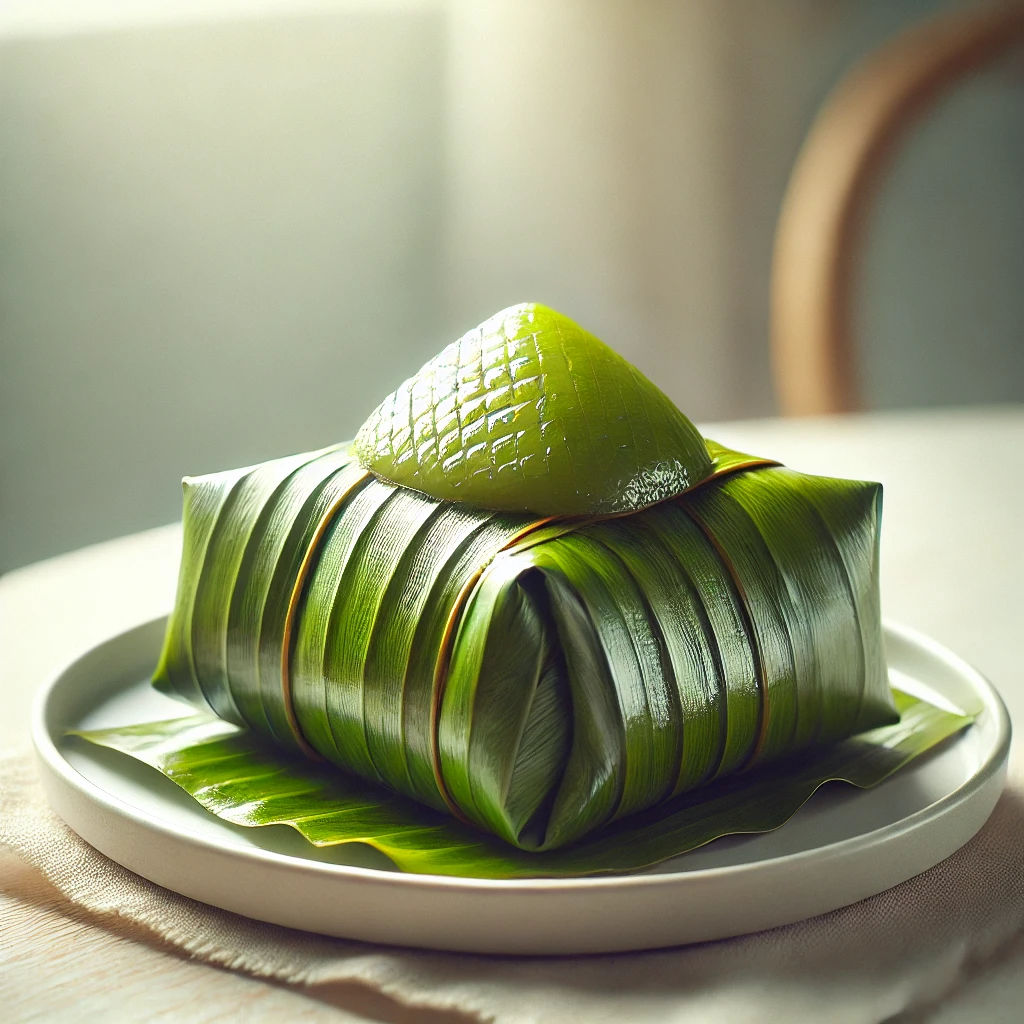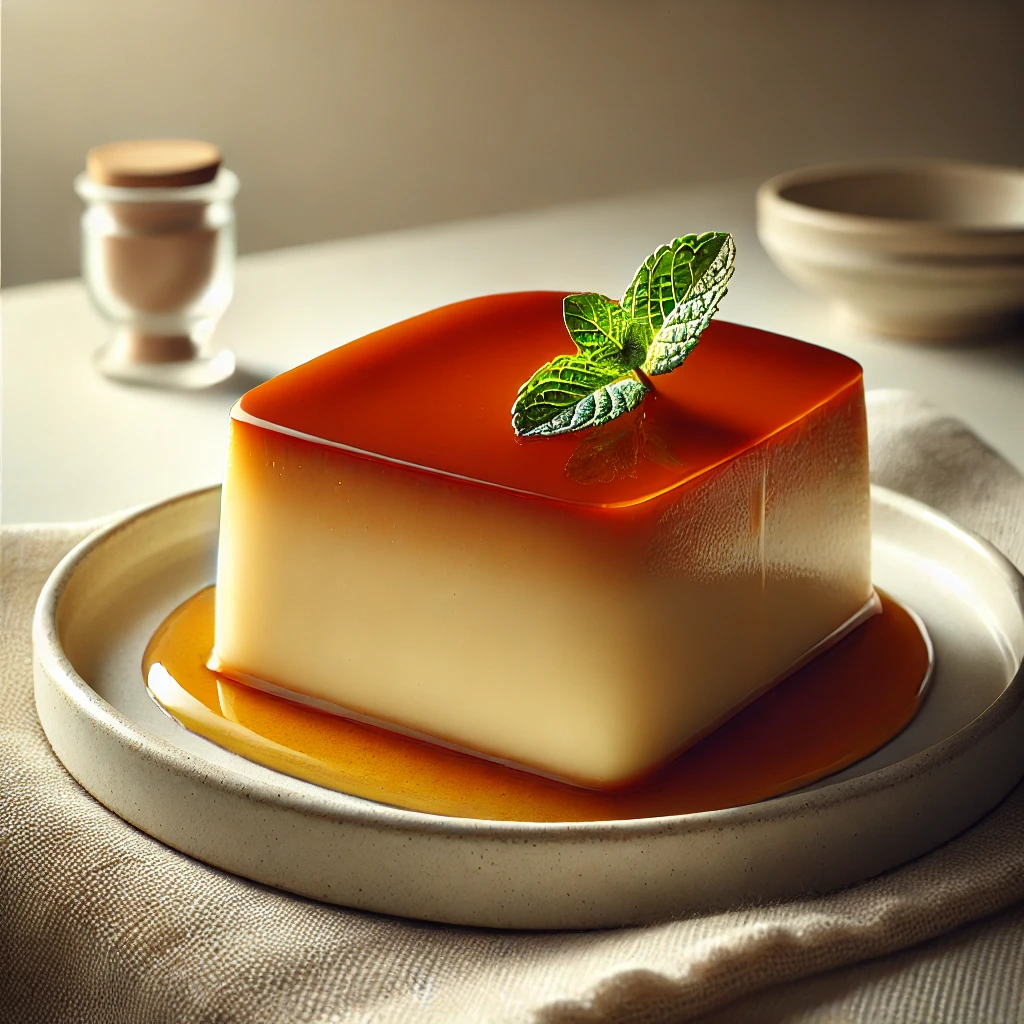Have you ever tasted a dessert that transported you to a tropical paradise with just one bite? If not, prepare to embark on a culinary journey with Suman, a beloved Filipino delicacy that’s as rich in flavor as it is in tradition. Imagine unwrapping a warm, fragrant banana leaf to reveal a steaming, perfectly cooked sticky rice cake infused with the subtle sweetness of coconut milk. This humble yet extraordinary treat has been a staple in Filipino households for generations, often enjoyed as a snack, dessert, or even breakfast.
Suman isn’t just a dish; it’s a celebration of Filipino culture and ingenuity. The art of wrapping rice in leaves dates back centuries, a method used not only for cooking but also for preserving food. This technique has evolved into the Suman we know today, a versatile delicacy that varies from region to region in the Philippines. Some versions are sweetened with sugar, while others incorporate fruits or even chocolate. However, the classic coconut milk-infused sticky rice remains a perennial favorite.
What makes Suman truly special is its simplicity. With just a handful of ingredients, you can create a dessert that’s not only delicious but also naturally gluten-free and vegan-friendly. The banana leaves used in wrapping the rice impart a subtle, earthy aroma that perfectly complements the rich coconut flavor. Whether you’re looking to explore Filipino cuisine or simply want to try something new and exciting, Suman is the perfect place to start.
In this blog post, we’ll guide you through the process of making authentic Suman at home. We’ll explore the ingredients, step-by-step instructions, and even share some tips and variations to help you master this Filipino classic. So, let’s roll up our sleeves, gather our ingredients, and dive into the wonderful world of Suman!
Recipe Ingredients
Before we begin our Suman-making adventure, let’s take a look at the ingredients you’ll need. This recipe serves 8-10 people, depending on how you cut the Suman.
| Ingredient | Quantity | Notes |
|---|---|---|
| Glutinous rice (malagkit) | 2 cups | Also known as sweet rice or sticky rice |
| Coconut milk | 2 cups | Full-fat, unsweetened |
| Water | 1 cup | For soaking the rice |
| Salt | 1/2 teaspoon | To enhance flavor |
| Sugar | 1/4 cup | Adjust to taste |
| Banana leaves | 8-10 pieces | About 8 inches x 6 inches each |
| Cooking twine or banana leaf strips | As needed | For securing the wraps |
Ingredient Notes and Substitutions:
- Glutinous rice: This is essential for achieving the sticky texture. Regular rice won’t work as a substitute.
- Coconut milk: If unavailable, you can use 2 cups of water mixed with 1/2 cup of coconut cream.
- Banana leaves: If you can’t find fresh banana leaves, you can use parchment paper as a substitute. However, you’ll miss out on the unique aroma imparted by the leaves.
- Sugar: Brown sugar can be used for a deeper flavor profile.
Recipe Instructions
Now that we have our ingredients ready, let’s dive into the step-by-step process of making Suman. Don’t be intimidated by the wrapping process – with a little practice, you’ll be a pro in no time!
Preparation:
- Soak the rice:
- Rinse the glutinous rice thoroughly under cold water until the water runs clear.
- Soak the rice in 1 cup of water for at least 4 hours or overnight. This helps soften the rice and ensures even cooking.
- Prepare the banana leaves:
- Wash the banana leaves thoroughly and pat them dry.
- Pass each leaf quickly over an open flame or hot stove to make them pliable and less likely to crack when folding. Be careful not to burn the leaves.
- Cut the leaves into 8-inch by 6-inch rectangles.
Cooking:
- Cook the rice:
- Drain the soaked rice and transfer it to a large pot.
- Add the coconut milk, salt, and sugar to the pot.
- Stir the mixture well and bring it to a boil over medium heat, stirring constantly to prevent the rice from sticking to the bottom.
- Once boiling, reduce the heat to low and continue cooking, stirring frequently, until the rice has absorbed most of the liquid and is partially cooked (about 15-20 minutes).
- Remove from heat and let it cool slightly until it’s comfortable to handle.
- Wrap the Suman:
- Lay a banana leaf rectangle on a flat surface, shiny side down.
- Place about 3 tablespoons of the partially cooked rice mixture in the center of the leaf.
- Fold the sides of the leaf over the rice, then roll it tightly to form a cylindrical shape.
- Fold the ends of the wrap underneath or tie them with cooking twine or strips of banana leaf to secure.
- Repeat this process with the remaining rice and leaves.
- Steam the Suman:
- Arrange the wrapped Suman in a steamer basket, seam-side down.
- Steam for about 30-40 minutes, or until the rice is fully cooked and has a soft, sticky consistency.
- To test for doneness, unwrap one Suman and check if the rice is tender throughout.
- Serve:
- Remove the Suman from the steamer and let them cool slightly.
- Serve warm or at room temperature.
Recipe Tips & Variations
Tips for Success:
- When wrapping, make sure to pack the rice tightly to ensure even cooking.
- Don’t overfill the banana leaves, as the rice will expand during cooking.
- If you’re having trouble keeping the wraps closed, use toothpicks to secure them before steaming.
- For a more authentic flavor, try grilling the Suman briefly after steaming. This adds a slight smoky flavor and makes the banana leaf wrapper more aromatic.
Variations:
- Suman sa Lihiya: Add a small amount of lye water to the rice mixture for a distinctive yellow color and slightly firmer texture.
- Suman sa Gata: Serve the Suman with a side of sweetened coconut milk sauce for dipping.
- Chocolate Suman: Mix in some cocoa powder or melted chocolate with the rice for a decadent twist.
- Mango Suman: Serve with slices of ripe mango for a classic Filipino pairing.
Storage Instructions:
Suman can be stored at room temperature for up to 2 days. For longer storage, refrigerate for up to 5 days. To reheat, steam for a few minutes or microwave briefly.
Nutritional Information
Here’s an approximate nutritional breakdown per serving (assuming 10 servings):
| Nutrient | Amount |
|---|---|
| Calories | 180 |
| Total Fat | 6g |
| Saturated Fat | 5g |
| Carbohydrates | 30g |
| Fiber | 1g |
| Sugar | 3g |
| Protein | 2g |
| Sodium | 60mg |
Please note that these values are estimates and may vary based on specific ingredients used.
Conclusion
As you unwrap your homemade Suman, inhaling the intoxicating aroma of coconut and banana leaf, take a moment to appreciate the simple beauty of this traditional Filipino treat. Each bite is a testament to the ingenuity of Filipino cuisine, where humble ingredients are transformed into something truly special.
I remember the first time I tasted Suman during a trip to the Philippines. It was a humid afternoon in a bustling market, and a friendly vendor offered me a warm, leaf-wrapped package. The moment I bit into the soft, sticky rice, I was hooked. The subtle sweetness, the rich coconut flavor, and the unique texture created a taste experience I’ll never forget.
Now it’s your turn to create this magic in your own kitchen. Don’t be discouraged if your first attempts at wrapping aren’t perfect – practice makes perfect, and even imperfectly wrapped Suman tastes delicious! We’d love to hear about your Suman-making adventures. Did you try any variations? How did your family and friends react to this Filipino delicacy?
If you enjoyed this recipe, why not explore more Filipino desserts? From the creamy goodness of Leche Flan to the colorful layers of Sapin-Sapin, there’s a whole world of Filipino sweets waiting to be discovered. Stay tuned to our blog for more exciting recipes from the Philippines and beyond!
Remember, cooking is not just about following recipes – it’s about creating memories, sharing cultures, and bringing people together. So gather your loved ones, roll up those banana leaves, and let the aroma of Suman fill your home with warmth and joy.
Happy cooking, and may your Suman be always sticky and your banana leaves always green!
Disclaimer: This recipe is based on traditional methods and ingredients available up to 2019. Nutritional information is approximate and may vary. If you notice any inaccuracies in this post, please report them so we can correct them promptly.




